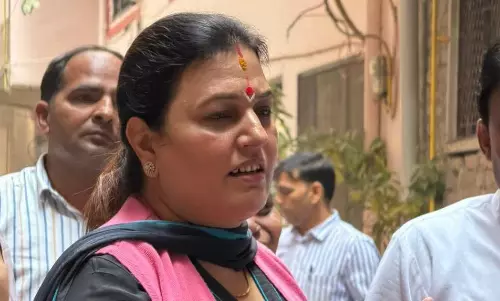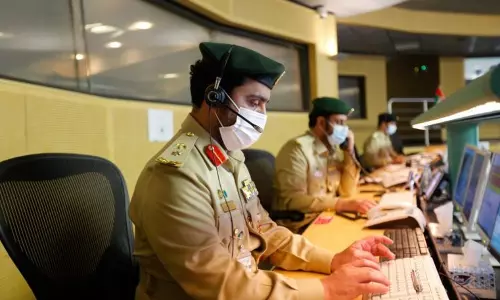
Weather: Inaccurate predictions
text_fieldsThe month of June which usually brings heavy rain is over. Kerala received much less rain than usual. It is needless to say that the fluctuations in rainfall affect various aspects including agriculture. At the same time, proper warnings can help reduce the impact of natural disasters. A good instance of this is the Biparjoy cyclone that hit Gujarat last month. The authorities were able to take all the precautions against the severe cyclone as they received information about it in advance. Around one lakh people in the coastal areas were evacuated. Casualties were avoided by cancelling train services and warning the fishermen from going out to the sea. Relief centres and other related facilities were also put in place in advance. Prediction of the cyclone which is normally possible only five days in advance, was done one more day earlier which played a crucial role in the rescue operations. This achievement is by no means small when compared to the cyclone that hit Gujarat in 1998, which resulted in the death of around 3,000 people. However, such accurate and timely predictions are still rarely possible which continues to pose a challenge.
Warnings that are issued several days earlier are later changed; they are less accurate as well. The initial prediction was that the southwest monsoon would begin even before June. It didn't happen. The India Meteorological Department (IMD) predicted four days of heavy rain in the first week of June. That didn't happen either. In the second week, five days of heavy rain was again predicted. Heavy rains were forecast for the coming week as well, as Edavapathi, the southwest monsoon gets more intense. The forecast also came for the fourth week that the monsoon would gain strength. And in between, it was announced that the monsoon has arrived. Yellow and orange alerts as well as severe thunderstorms and winds were also predicted. June ended without the usual monsoon rains, other than the several forecast alerts from here and there in a short span. Apprehensions have been raised across the agriculture sector and the power sector. Kerala received only 35 per cent of the average rainfall in June.
Rainfall depends upon many factors. Global warming and climate crisis are gravely affecting the onset of seasons including the southwest monsoon, also called the Kaalavarsham and the northeast monsoon known as the Thulavarsham. In this situation, accurate advance forecasting, therefore, becomes relevant. Even though the predictions cannot bring rain, it will help to prepare as much as possible against the ill effects of rain scarcity. This year, the IMD had initially predicted normal rainfall. It is further said that the rains will intensify and normal rainfall will arrive by September. Meanwhile, some private weather agencies have predicted less than normal rainfall. No one can be blamed for inaccuracies in forecasting. However, as modern technologies advance day by day, significant efforts are required to overcome this deficiency. Studies have found that global warming would lead to the formation of more intense cyclones in the Arabian Sea. Apart from this, the El Nino phenomenon which has been confirmed this year also needs to be considered during the forecasts.
Could it be that the central weather department has not taken into account this phenomenon that forms in the Mediterranean Sea that they predicted a "normal monsoon"? Receiving a “normal" rainfall means getting at least 96 per cent of the average. A phenomenon in the Indian Ocean (Indian Ocean Dipole-IOD) that could moderate El Niño may have also contributed to the "regular monsoon" forecast. Beyond such anomalous phenomena, the climate crisis that has now become a reality seems to have rendered conventional forecasting methods obsolete. Even if the rainfall is very low at the beginning of the monsoon months, there are chances of heavy rains later thereby compensating the deficit. However, its impact on agriculture and fisheries will not be small. IMD's incomplete forecasts have been showing more accuracy in recent times. But given the changing atmospheric conditions and the consequences they lead to, there is a need for more precision in both long-term and short-term forecasts. Alongside, apart from undertaking relief operations during and after natural calamities, preventive measures should also be considered. Natural defences such as mangroves can be effective in coastal and landslide-prone areas. It is also important to be a part of the ongoing efforts to combat the global threat of climate crisis.
 Also Read:IMD warns of heavy rainfall in most parts of country till June 30
Also Read:IMD warns of heavy rainfall in most parts of country till June 30

















